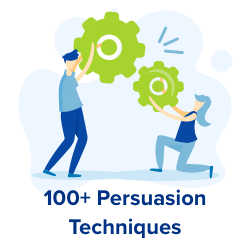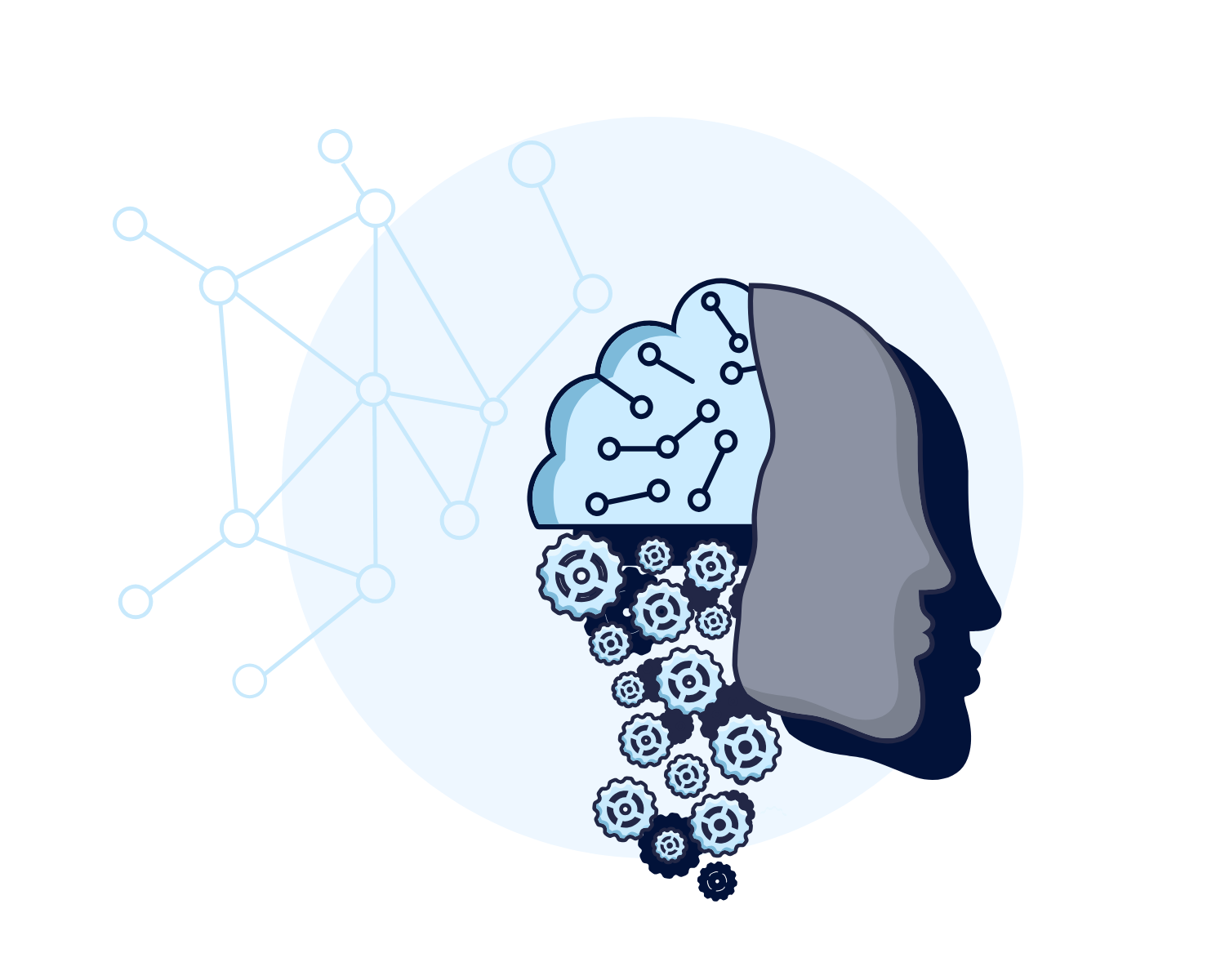How to Convert Visitors into Buyers if You Are not a Pro in Consumer Psychology
 This article was originally published on MartechAdvisor
This article was originally published on MartechAdvisor
—
Many e-commerce businesses suffer from low visitor-to-customer conversion rate. Philippe Aimé, CEO and Founder of Convertize elaborates how even the slightest changes in website design are able to create a significant increase in conversions.
If you are reading this article, you probably have concerns about the lack of psychological knowledge while you look for improvement of conversion rate for the website of your business.
In that respect, we have two pieces of news for you. The bad news is in that conversions are all about psychology. The good news is you don’t have to dedicate your life to studying consumers behaviour to achieve great success in conversion rate optimization.
There are plenty of people who already did that; you just have to follow the guidelines of qualified professionals.
The science that studies the psychological, social, cognitive, and emotional factors based on the economic decisions of individuals is called behavioural economics, and this science is developing with rapid speed lately.
There are tons of books, guidelines, and articles on behavioural economics. Even TED has a special section on their website dedicated to it.
Now it’s your turn. Go ahead; read all these books, watch the TED videos, do some research. This is an absolute necessity. I’ll wait.
Just kidding! That’s impossible to do. However, you can read some of the articles, follow some guidelines, get the core idea and optimize your website while considering the preferences of customers.
Using consumer psychology is an absolute must for retail businesses. Despite this, many ecommerce sites ignore or overlook the opportunity to use certain psychological leverages to turn visitors into buyers. Unfortunately, those retails are doomed for failure.
In this article, we will discuss how important emotions are to a customer’s decisions. We will also discuss psychological factors that motivate consumers to convert, and we’ll give some tips on how to improve your ecommerce website for a better conversion rate.
Role of Emotions in Consumer Behaviour
You probably make all your choices after deep and rational analysis of the options presented to you. Good for you, though, as you are probably not a human being. Emotions rule the world and have a great impact on the decision-making process of people.
Antonio Damasio, a professor of neuroscience at the University of Southern California stated that emotions come into play for the vast majority of all the decisions we make.
Every time someone has to make a choice, he or she relates to previous experience, which ends up affecting the final decision. The emotions that one has felt during the past occasions will have a hand in leading to the final choice.
Damasio studied people with brain damage in rational and emotional parts of the brain. It turned out that those with injuries in the “emotional” part of the brain, were unable to make decisions as they had no sense of how they felt about the options.
Descartes Error, the book that Damasio based on the studies, was written back in 1994. However, I can assure you that the decisions that people are making on the Internet during online shopping sprees are no different from the ones that people were making even before the Internet existed.
There is scientific proof regarding the role of emotions in consumer behaviour.
MRI neuro-imagery shows that consumers use personal feelings and experiences during the evaluation of a certain brand instead of relying on the objective information – including facts, features and attributes of the product.
Advertising Research Foundation studies proved that positive emotions toward brands have a greater influence on consumer loyalty than judgments which are based on the brands’ attributes.
Knowledge of human emotion is the key to understanding consumer purchase behaviour so as a retail owner, you should be an expert in it.
You shouldn’t perceive visitors of your retail website as Pavlovian dogs. There is no universal trigger to make them buy from you. However, you can do little tricks using consumers’ psychology.
Let’s look at what psychological factors motivate consumers to make a purchase.
Psychological Factors that Motivate Consumers To Buy
Urgency
You have to create urgency in order to make customer buy from you, and you must do it quickly. A trick that retail websites often put to the test is the use of different clocks that countdown the time until the end of the sale. These are usually accompanied with phrases like “80% Off Sale Ends Soon!”
There is a reason for that. When a buyer feels the product is important and that there’s a possibility that they are going to miss out on a great bargain, it won’t take long for the customer to jump at the chance during that window.
Successful flash sales sites like Huckberry and Hautelook are using this urgency factor without any remorse. They both have clock counting down the hours or days left until the end of the certain sale, and it seems to be working great for them.
Scarcity
As you have probably concluded over time, the little sign that reads, “Only Two Items Left in Stock” on various retail websites is probably lying.
In most cases, it’s simply a gimmick to persuade the buyer to buy the item then and now in fear of losing out on it, as there is absolutely no problem with bringing an extra item for the customer.
The principle works just fine as they create some item with limited supplies, as this retail trick increases the level of demand. Increased level of demand, in turn, can (and will) result in quick conversions.
The task is to cause reactions such as: “Oh shoot! This item must be popular!” Or rather “They are getting rid of this. It is a garage sale price for such a thing!”
The customer has to feel that when he or she wants to buy a limited item, that by imposing limits, it makes the customer reach more quickly.
Scarcity model is widely implemented by retail businesses. Most notably, in hotel business (example: “Only X rooms left available) and by tickets-selling companies.
Dr. Robert Cialdini, New York Times best selling author, lists scarcity among six core principles of persuasion in his classic book Influence (alongside reciprocity, commitment, consistency, social proof, authority, and liking).
Urgency is similar to scarcity as it evokes the same emotions.
Cialdini loves to bring up the situation when British Airways announced flights cancellations back in 2013, and people immediately started to buy tickets so that these flights continued.
Unfortunately, some e-commerce businesses just don’t know how to stop using the scarcity principle, and this results in them trying to fool their potential customers with propaganda like, “going out of business”.
Those retails stores make themselves look like fools, and that brings us to the next principle.
Trust
If you struggle with your visitors-to-buyers conversion rate, you might feel that there is a barrier between you and your potential customer.
On the other side, your customer is not convinced that the things you offer are right for them, or, rather, that they should buy them from from your store.
Eliminating this barrier by building trust with your customers will help to improve conversion rate drastically.
Building a trustworthy website may come in many forms. One of the greatest persuasions is social proof. Social proof generally comes from product reviews and testimonials from satisfied customers. Press mentions and endorsements from influencers don’t hurt either.
Cohesity of your website with all your social networks is something that also lends a hand in trust building. The more active your social activity, the more conversions you get.
The most illustrative example of successful social proof use is Amazon. Amazon took a risk posting unmoderated reviews to the sold items, and turned out making the situation even better for them and the customers.
Placing negative reviews next to positive ones allows users to get an objective look at the goods while they’re making an informed choice. This has became the key to ecommerce success of Amazon, and it greatly helps conversions.
Certainly, there is no direct evidence to the fact the social proof was the only ingredient of Amazon’s success (and it wasn’t). But it did allow creating enough trust to Jeff Bezos, Amazon founder, who was gutsy enough to leave unmoderated reviews at his website.
Tips on Conversion Rate Optimization
The psychological factors we mentioned are just a few of many more. You can use many tips and tricks for “hacking” the brains of the visitors of your ecommerce site to get more conversions.
Among the psychological techniques that I didn’t mention are price anchoring, loss aversion personalization, reciprocity, visual cueing, attentional bias, and many more.
All the techniques discussed above are based on scientifically proven data, and work very well for plenty of retail and SaaS websites.
We at Convertize have written a complete guide on persuasive techniques in website optimization.
Here’s a random tip for increasing conversion rate of ecommerce stores from the article:
“Show your product being used in several ways in your photos”
Seeing other people with, for example, the phone in their hands helps customers reduce the mental effort required for connection with the product. This so-called “visual depiction effect” was closely studied by scientists Elder & Krishna back in 2012.
Neil Patel, the co-founder of Crazy Egg and Hello Bar, is convinced that you don’t need to be a pro in consumer psychology to use the above mentioned and other persuasion techniques.
“If you know people, then you can figure out how to persuade them. Even if you understand yourself — what makes you click, buy, and become convinced of things — then you can effectively persuade others.”
“Pros” at studying consumer psychology are working tirelessly to give “Non-pros” enough tips to sufficiently increase their conversion rate.
Conclusion
Steve Jobs once said, “The secret of my success is that we have gone to exceptional lengths to hire the best people in the world.”
Trust me, I am not trying to pitch my conversion rate optimization product here by quoting Jobs and desperately crying: “Hire us! Hire us!”. However, you need to get acquainted with consumer psychology if you feel that you need improvement in conversions.
If you are not a pro in consumer psychology, you’d better become one; or, at least, follow the advice of the pros. This advice is, perhaps, the only way to boost the conversions.
There is also another way of dealing with low conversion rate. If you can’t be the best, hire the best to do the job.
We would appreciate you sharing with us ways of improving conversion rate, whether they are connected with customer psychology or not. In most cases, they will be, but we eager to hear all the possible options that would help us in this matter.



